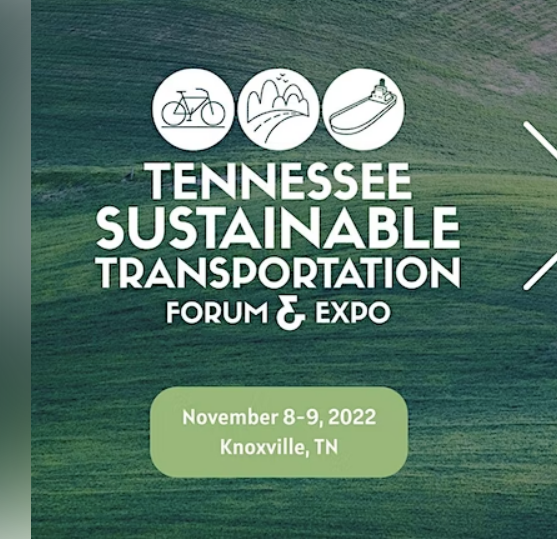Louisiana Is Latest State to Redefine Natural Gas -- a Planet-Warming Fossil Fuel -- as Green Energy
by Jack Brook and Jennifer McDermott (Associated Press) Louisiana is the latest state to redefine natural gas as green energy under a new law the Republican governor signed this week, even though it’s a fossil fuel that emits planet-warming greenhouse gases. Three







.jpg)




